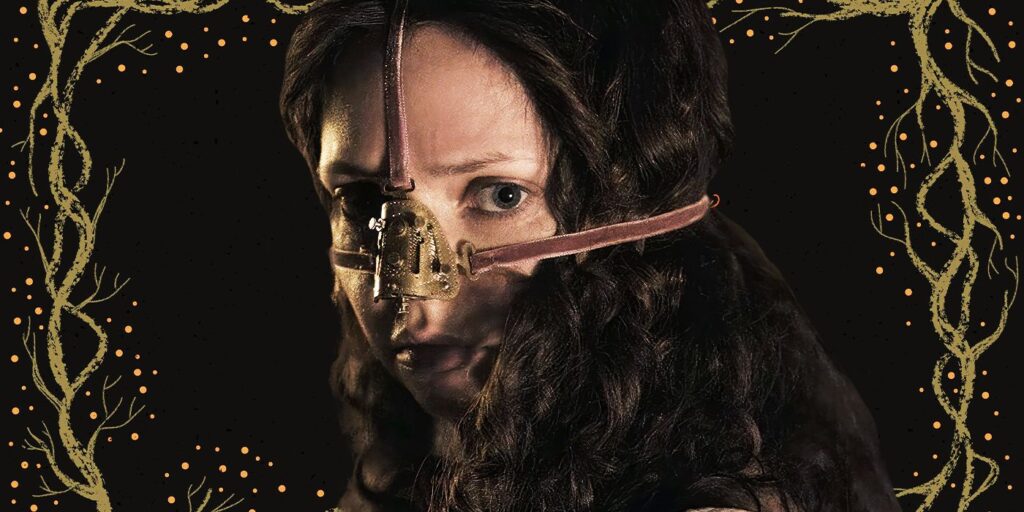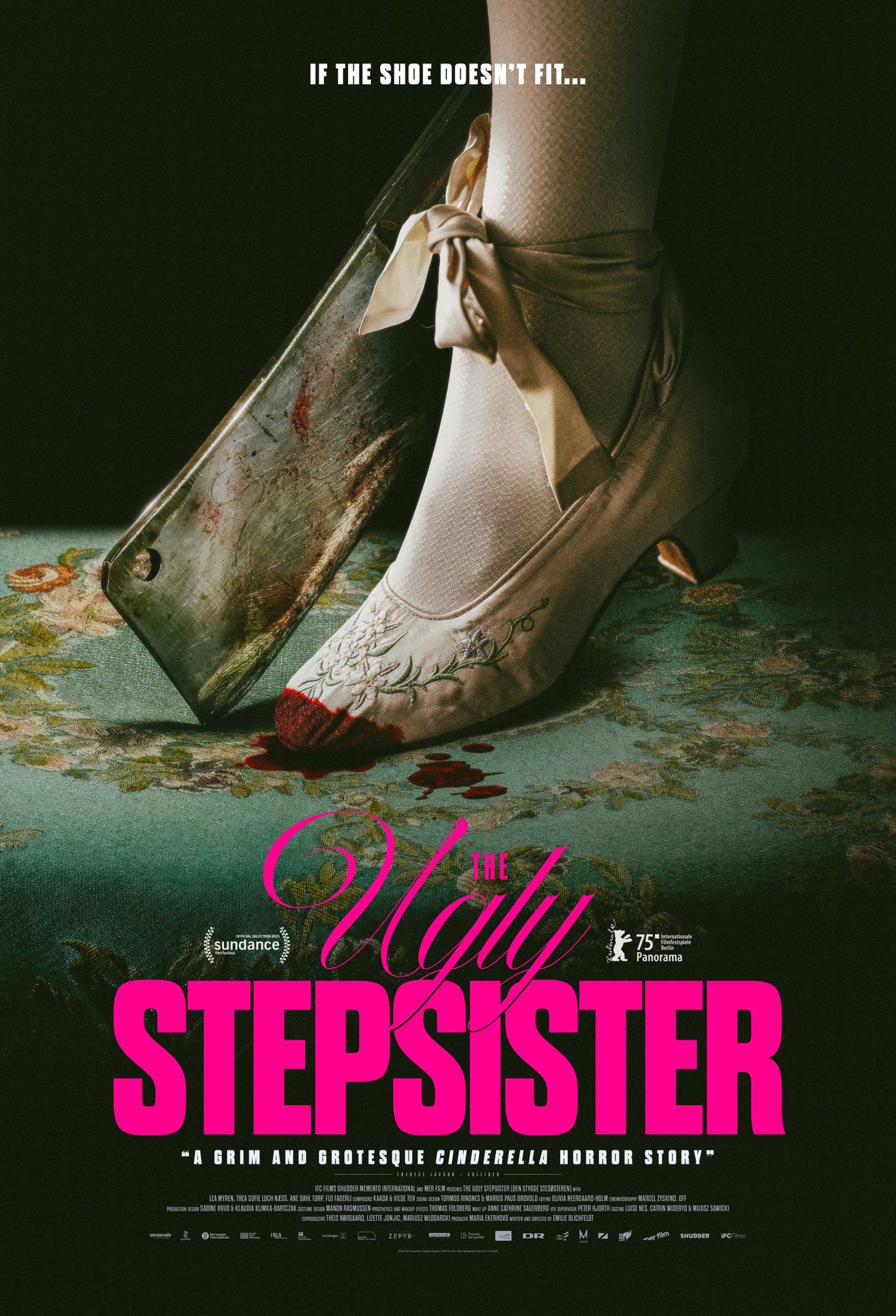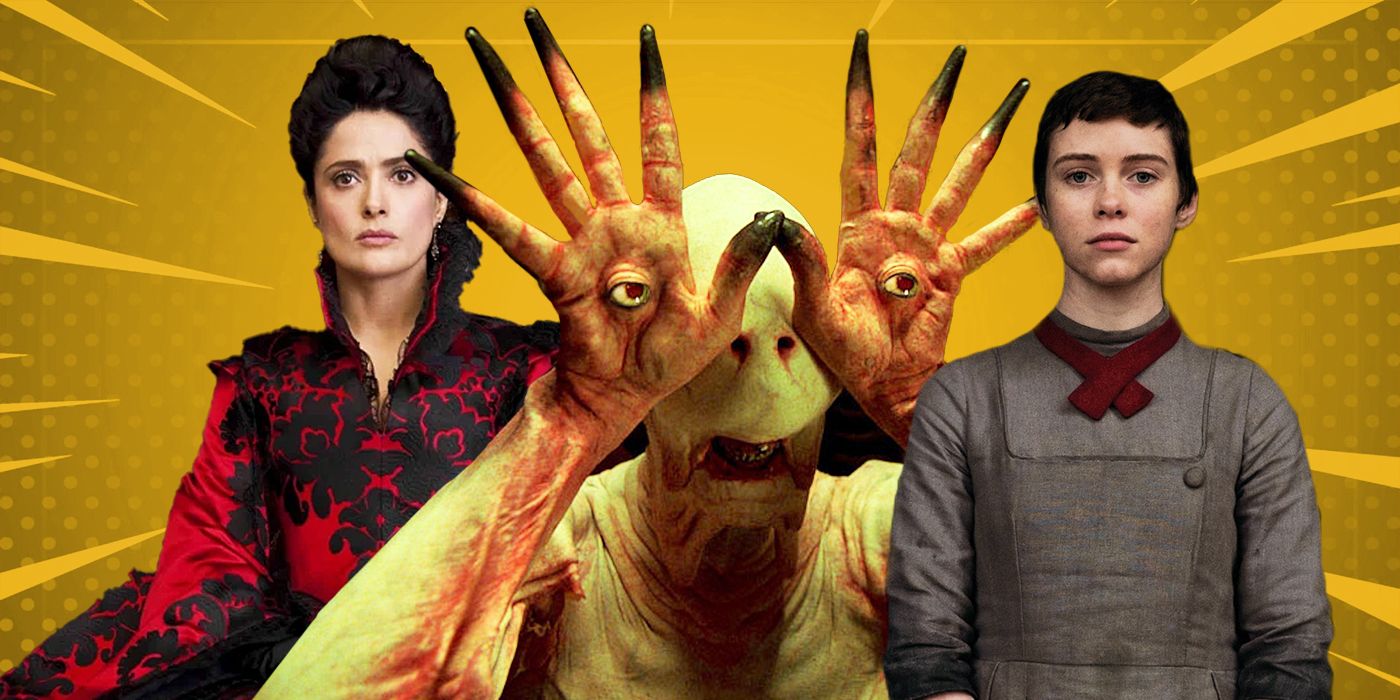We Know, Horror Retellings of Classic Fairytales Usually Suck, but This One Absolutely Rules

Horror re-imaginings of classic fairytales are tricky. They usually sound great on paper but often get bogged down by the lack of originality, as many of them simply take the familiar plot and narrative elements of the original and make it somewhat darker. The notable exceptions, such as Neil Jordan‘s The Company of Wolves (1984) or Oz Perkins‘ Gretel and Hansel (2020), tend to stand out precisely because they manage to really twist the common tropes inside out (sometimes quite literally). The Ugly Stepsister, a feature debut by a Norwegian writer and director, Emilie Blichfeldt, takes such a twisty approach too, using the bare bones of the Cinderella story, some very graphic body horror, and realistic elements of modern female experience to deliver commentary on something very relevant — the beauty standards imposed by society on women as a form of oppression.
Cinderella’s Stepsister is the Protagonist, and You Can’t Help But Feel for Her — in More Ways Than One
The first thing Blichfeldt’s film does is shift its perspective by making Elvira, the “ugly stepsister” of Cinderella (also known as Agnes here) the protagonist. Like so many teenagers in real life, Elvira (Lea Myren) has a lot of romantic notions as well as many issues with self-image and the perception of her body (the director said she based a lot of those details while writing the script on her own experiences). In typical fashion, she has a crush on her idol — Prince Julian (Isac Calmroth), but happens to be more attracted to the poetry he writes than to his royal status. However, her mother, Rebekka (Ane Dahl Torp from the famous disaster movie, The Wave), encourages Elvira to pursue him for reasons that are strictly practical — marriage as a means of financial stability.
While preparing for the life-changing ball, Elvira is forced to go through a series of grueling procedures to supposedly become a better version of herself, which are reminiscent of The Substance and some of David Cronengberg‘s films. But while in Coralie Fargeat‘s film or in The Fly, the gradual transformation and its ending result are shown as monstrous, The Ugly Stepsister depicts the very alterations the heroine is subjected to as torturous, horrific, and continuous — the ideal is simply never achieved. While the action is not set in the present (an approach many fairytale retellings often use), but in the 18th century, these procedures are quite familiar. Each one is something that we’ve come to think of as “easy fixes” in contemporary society — a nose job, eyelash extensions, dieting, etc. And all of them are given their own macabre “makeover”.
The Way to Beauty is Paved with Body Horror in ‘The Ugly Stepsister’
Every alteration Elvira goes through in the course of the film is depicted in a way that deliberately exposes them as an act of violence, an invasion, or a restriction. The “cage” that the girl has to wear on her face after she undergoes this movie’s version of rhinoplasty is very telling in this sense. This effect isn’t only achieved through uncompromisingly gory visuals, but also thanks to the sound design that emphasizes every sickening crunch of bones and cartilage, even when the imagery remains relatively tame. The elements of body horror are in stark contrast with the general, immensely esthetical style of the film, reminiscent of the likes of Sofia Coppola‘s Marie Antoinette or Yorgos Lanthimos‘ The Favorite. However, that style doesn’t just serve eye-pleasing purposes — all the symmetry and the synchronicity that we see and hear also work toward an oppressive effect in The Ugly Sister.
The moment that might seem mild at first in comparison to everything else — the swallowing of the tapeworm egg, which Elvira does to help her lose weight — becomes a significant symbol. Like in The Substance, the scenes involving food play an important role in The Ugly Stepsister, as the process of eating is generally dubbed shameful here, hinting at the topic of eating disorder issues that are especially common among teenagers. But this tapeworm egg, which will eventually lead to much more gruesome imagery, isn’t only significant because it cements the film’s place among other cult horrors that depict the girlhood experience as hell. It also represents the parasitic nature of the imposed societal standards that are bound to not only poison the heroine’s body, but also her mind.
Mixing various versions of the Cinderella story, from the perky tale by Charles Perrault to the much darker one penned by Brothers Grimm, also avoids the trend that many modern fairytale renditions like to use: redeeming the supposed villain while casting doubts on a spotless image of a former protagonist. Instead, Emilie Blichfeldt’s film takes the opportunity to dig into a common staple of such fables in general — the idea of the necessity to be special (i.e. compete against each other and be better than someone else) to get a chance at something good. The real villain in The Ugly Stepsister is society itself, with its patriarchal practices intended to control the body as a way to control the mind — symbolized by the figure of the only man in Elvira’s household, her dead stepfather, who is seemingly gone but is still present as the rotting corpse hidden away somewhere in the house.

- Release Date
-
April 18, 2025
- Runtime
-
105 minutes
- Director
-
Emilie Kristine Blichfeldt
- Writers
-
Emilie Kristine Blichfeldt
- Producers
-
Christian Torpe, Jesper Morthorst
-

Lea Mathilde Skar-Myren
Elvira
-

Thea Sofie Loch Næss
Agnes






